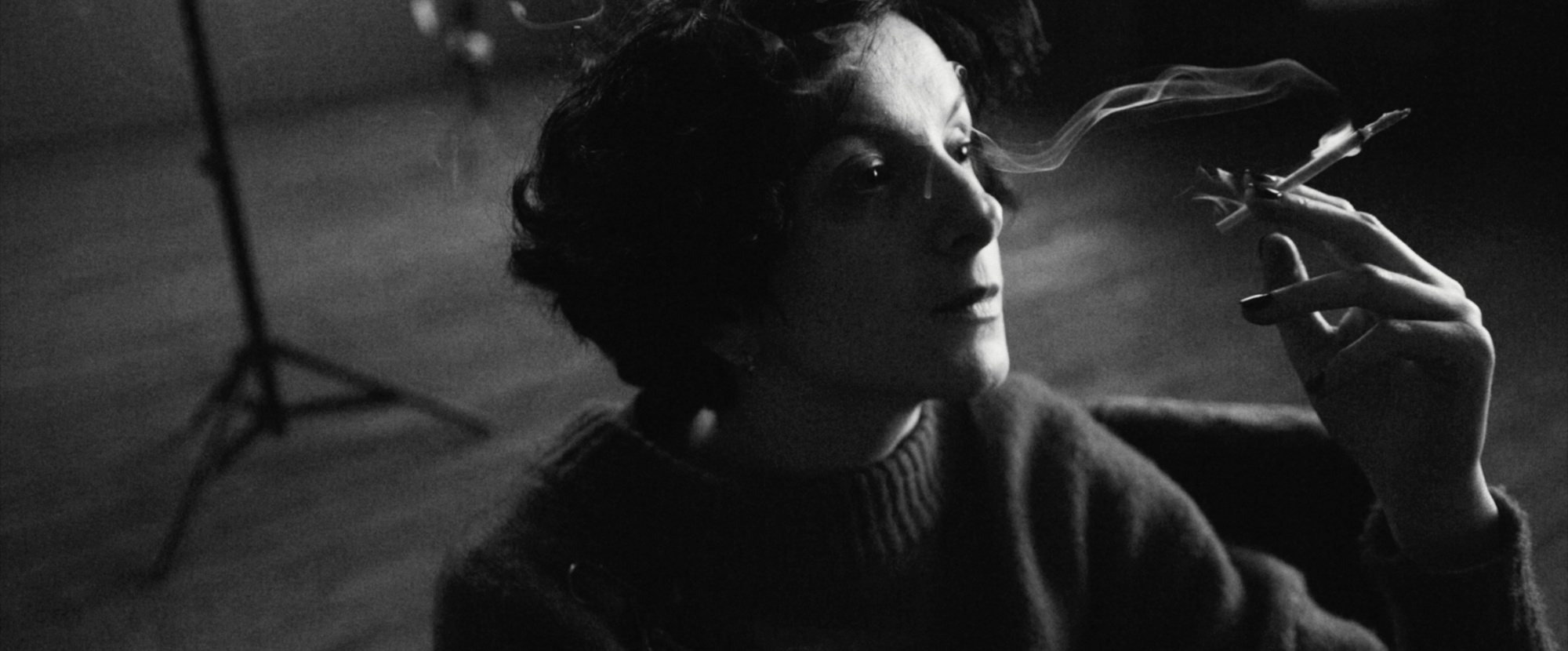
A thing many of the best documentaries have in common is an ability to shine a revelatory spotlight on a situation or individual while also highlighting deeper themes that audiences can relate to. In Evgenii Bakirov’s splendidly crafted profile doc Shot by Sasha, not only do we gain an insight into the philosophies behind Aleksandra Kirievskaya’s captivating images, we also learn how the Russian photographer overcame the self-imposed roadblocks which were holding her back – something many of us inadvertently fall victim to. Watch Shot by Sasha below after which Bakirov reveals how he amalgamated Kirievskaya’s striking images with the thoughts of those who know her best in order to chart the development of an artist.
When I saw Sasha’s works for the first time, I immediately had an urge to make a slideshow of them and watch it with music. I wanted to show, not tell. At that time, I didn’t know Sasha personally. When we first met and began a series of short interviews, I realized that the nature of these photos did not come from nowhere — there is a strong story behind them. So, I wanted them to tell it.
Behind Sasha’s back is not a simple biography. She used to be a reserved person — she could not take pictures of anyone other than her closest friends and family. Sasha wanted to take up photography, but her career prospects were limited because of her fear. She understood that she needed to move on and overcome it.
The story which is told in the film is a collective image of my thoughts as a film director, the thoughts of several people close to Sasha and of course the thoughts of Sasha herself. When all the collected material was laid out on paper, it was decided not to use many different voiceovers, but instead to present them from the perspective of a single narrator – an imaginary friend of Sasha’s, who knows everything about her. So, in some way, the storyteller is a person who knows Sasha even better than her family.

I realized that the nature of these photos did not come from nowhere — there is a strong story behind them. So, I wanted them to tell it.
The music in the final of the film marks the end of this personal history of overcoming. We wanted this music to be sung as if by everyone Sasha had ever photographed. We imagined all the creators of this film and all its viewers singing in this chorus.
The film was shot on a RED Scarlett camera and a Nikon with video recording mode as our second camera.


